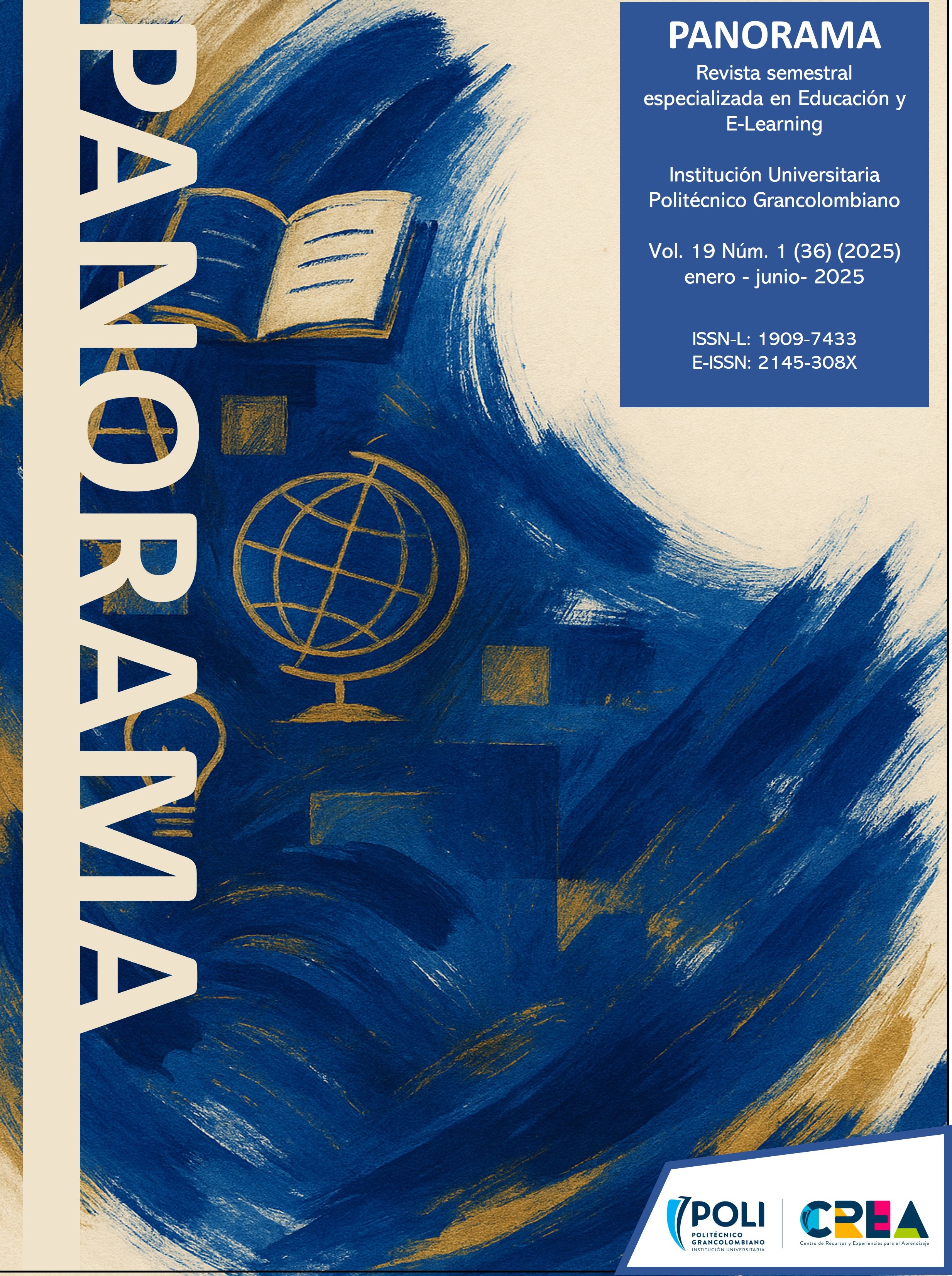Abstract
Both inclusion and art share the same heuristic and semiological purpose, that is, they have the ability to affect and/or deform our thinking, altering not only the way we see the world, but also how we create and participate in it. One of the most relevant properties of art in its intersection with inclusion is its ability to shape our intellect and intervene in our lives. The purpose of this paper is to articulate an analytical device that addresses the intersection between museums and inclusion, specifically informing us about how to understand the relationship between ‘inclusion’, ‘exhibition media’ and the ‘singularizing force of multiple oppressed groups in their human nature’. In this way, it confirms a methodological framework of critical documentary review. It concludes by identifying that inclusion and art can be described in terms of historical and cultural agents that drive thought and our experience. The aim of this essay is to explain that the copulative action between museums, art and inclusion does not establish an automatic relationship of its signs, nor does it admit a direct message that is reduced to passive figures of otherness. The aesthetic form of inclusive education is synonymous with an aesthetic of ethical non-indifference.
References
Bal, M. (1992). Reading “Rembrandt”: Beyond the Word-Image Opposition. New York: Cambridge University Press.
Bal, M. (1996). “The discourse of the museum”, en: Greenberg, R., Ferguson, B. & Nairne, S. (Edit.). Thinking about exhibitions. (pp.145-158). London: Routledge.
Bal, M. (2009). “¿Arte narrativo? Reflexiones discontinuas”; en: Borja-Villel, M. & Romero, Y. (Eds.). 10.000 francos de recompensa: el museo de arte contemporáneo vivo o muerto. (pp.121-138). Madrid: SEACEX.
Bal, M. (2019). Entrevista. “Yo creo en un arte activador más que en el activista”. Recuperado el 09 de febrero de 2024 de: https://murciaplaza.com/Mieke-Bal-Yo-creo-en-un-arte-activador-ms-que-en-el-activista
Bal, M. (2021). Lexicón para el análisis cultural. Madrid: Akal.
Bal, M. (2022). “Afectivamente efectivo: el afecto como estrategia artístico-política”; en: Dhont, R., Mandolessi, S. & Zícari, M. (Eds.). Afectos y violencias en la cultura latinoamericana. (pp.51-80). Madrid: Iberoamericana.
Bustos, A. (2021). Justicia epistémica: la preocupación por un conocer más justo y ético. Recuperado el 07 de enero de 2024 de: https://revistacomun.com/blog/justicia-epistemica-la-preocupacion-por-un-conocer-mas-justo-y-etico/
Brinkema, E. (2014). The Forms of the Affects. Durham: Duke University.
Ferguson, B. (1996). “Exhibition rhetorics. Material speech and utter sense”, en: Greenberg, R., Ferguson, B. & Nairne, S. (Edit.). Thinking about exhibitions. (pp.126-136). London: Routledge.
Foucault, M. (1965). Madness and civilization: a history of insanity in the age of reason. New York: Random House.
Flick, U. (1998). Introducción a la Investigación Cualitativa. Madrid, España: Morata.
Gaztambide-Fernández, R. (2012). Decolonization and the pedagogy of solidarity. Decolonization: Indigeneity, Education & Society, 1(1), 41-67.
Hite, K. (2016). Pedagogía crítica, perturbación empática y la política en losespacios de la memoria en Chile. Santiago: Museo de la Memoria.
Kundu, R. (1999). Museum Discourse: Negotiating The Fragments. Recuperado el 23 de enero de 2024 de: https://pubs.lib.uiowa.edu/mzwp/article/id/2955/
Ocampo, A. (2019). Los conceptos epistemológicos de la Educación Inclusiva: propiedad de la multiplicidad. Revista Eletrônica de Educação, v. 13, n. 2, 490-519.
Ocampo, A. (2021a). La educación inclusiva y el problema del gobierno de sus signos. Revista de Investigaciones, 21 (37), 3-26. https://doi.org/10.22383/ri.v21i37.157
Ocampo, A. (2021b). Ontología de la educación inclusiva: devenires neo-materialistas. Revista Educação, 46(1), 1-22.
Ocampo, A. (2022). La educación inclusiva como dispositivo heurístico. Revista Chakiñan de Ciencias Sociales y Humanidades, núm. 16, 159-176.
Ocampo, A. (2023). Ontología de la educación inclusiva: el problema del “ojo” culturalmente sobredeterminado. Conferencia impartida en el VIII Congreso Internacional de Educación contemporánea, calidad educativa y buen vivir, Ecuador. Recuperado el 23 de enero de 2024 de: https://www.facebook.com/educacionunach/videos/2036481220081061/?locale=gn_PY
Van Alphen, E. (2005). Unprecedented sensations. Leiden: Brill Rodopi.
Van Alphen, E. & Jirsa, T. (2022). “Introduction: Mapping Affective Operations”; en: Van Alphen, E. & Jirsa, T. (Ed.). How to Do Things with Affects Affective Triggers in Aesthetic Forms and Cultural Practices. (pp.14-126). Leiden: Brill Rodopi.
Wittgenstein, L. (1921). Tractatus logico-philosophicus. Madrid: Alianza.

This work is licensed under a Creative Commons Attribution-NonCommercial-NoDerivatives 4.0 International License.
Copyright (c) 2025 Panorama





